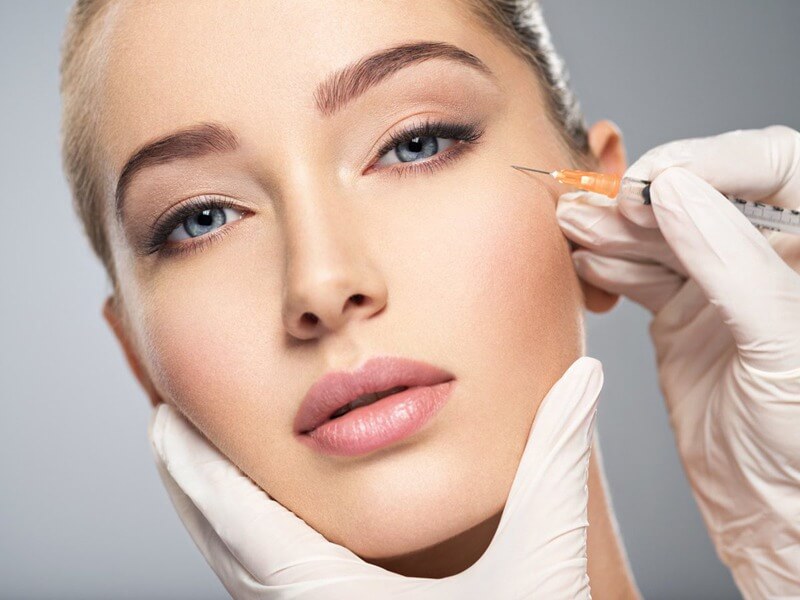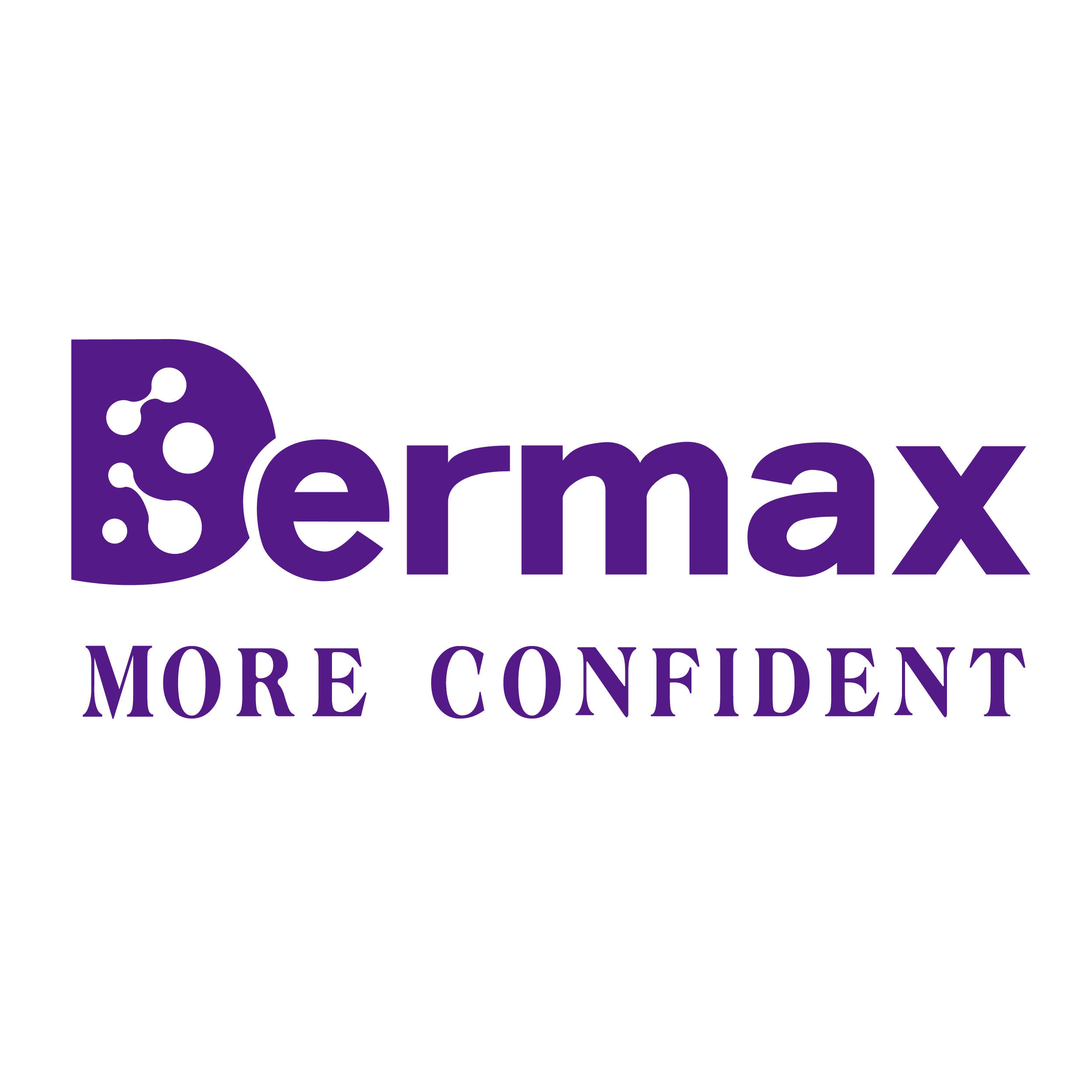What are you looking for?
Search
What Are the PLLA Filler Side Effects — Risks and Prevention
What are the side effects of plla? Poly-L-lactic acid (PLLA) is a collagen-stimulating injectable designed to restore facial and body volume gradually, but like all biostimulatory fillers it carries predictable short-term reactions and a small risk of delayed complications. If you’re researching plla filler side effects, understanding these reactions and how to minimize them is essential for both safety and satisfaction.
This article summarizes the common, delayed, and rare adverse events associated with PLLA, explains why they occur, and outlines practical steps patients and clinicians can take to reduce risk.

Common Short-Term PLLA Filler Side Effects
Immediately after PLLA injections, most patients experience mild and temporary reactions that are considered part of the normal healing process. Common short-term PLLA filler side effects include:
Redness and Swelling: Temporary redness at the injection site occurs in approximately 20–30% of patients. Swelling can last from a few hours up to 48 hours, depending on individual sensitivity and the treated area.
Bruising: Minor bruising is common due to vascular trauma during injection. Bruising typically resolves within 5–10 days.
Tenderness or Pain: Localized discomfort can occur but is generally mild and subsides within a few days.
Small Lumps or Nodules: Some patients may feel tiny nodules immediately after injection. These are often mild, soft, and resolve naturally within a few days.
These reactions are generally self-limiting and do not require medical intervention. Proper injection technique and post-treatment care can further reduce the incidence of these short-term side effects.
Delayed or Less Common Side Effects
PLLA works by stimulating collagen production, and because it triggers a gradual biological process, some side effects may appear weeks or even months after treatment. These include:
Persistent Nodules: Firm or palpable nodules may form in 0.1–1% of patients. These nodules can appear several weeks post-injection and may last months if untreated.
Mild Inflammation: Delayed inflammation may manifest as slight swelling, redness, or tenderness, typically managed with conservative care or anti-inflammatory medications.
Asymmetry or Irregular Contours: Although uncommon, uneven collagen formation may result in slight contour irregularities.
Rare PLLA Injection Side Effects: Serious Complications
Although rare, serious PLLA injection side effects can occur and require prompt medical attention. They include:
Infection: Occurs in less than 0.1% of cases. Symptoms include increased pain, redness, warmth, and occasionally fever. Antibiotic therapy is usually effective if administered promptly.
Granuloma Formation: These are chronic inflammatory nodules that may require corticosteroid injections or minor surgical excision.
Vascular Complications: In extremely rare cases, inadvertent intravascular injection can lead to tissue necrosis or embolic events. Such complications emphasize the importance of experienced practitioners and proper technique.
For readers interested in exploring safe options, consider reviewing our PLLA dermal filler collection, which includes clinically tested products designed to minimize side effects.
Why Do PLLA Injection Side Effects Happen?
Understanding the causes of side effects helps in both prevention and patient education. PLLA injection side effects typically occur due to a combination of factors:
1. Injection Technique: Incorrect depth, speed, or angle of injection can increase the risk of bruising, nodules, and vascular complications.
2. Patient-Specific Factors: Age, skin thickness, previous filler treatments, and underlying medical conditions can influence the risk and severity of side effects.
3. Product Characteristics: PLLA fillers vary in particle size, concentration, and purity. Lower-quality products may have a higher incidence of nodules and inflammation.
4. Post-Treatment Care: Failing to follow post-injection recommendations, such as avoiding massage or excessive pressure on treated areas, can contribute to complications.
How To Minimize The Risk Of PLLA Injection Side Effects
While some side effects are unavoidable, several strategies can significantly reduce risk:
Choose an Experienced Injector: Certified professionals familiar with facial anatomy and PLLA properties can prevent most technical complications.
Pre-Treatment Assessment: Evaluating patient history, skin condition, and previous filler use allows for tailored injection plans.
Follow Post-Treatment Guidelines: Avoid touching or massaging the treated area for the first 24–48 hours, refrain from intense exercise, and follow any specific instructions provided by your practitioner.
Proper Dilution and Injection Technique: Adequate reconstitution and slow, deep injections reduce the likelihood of nodules and uneven results.
Among all PLLA filler side effects, the choice of product plays a critical role in prevention. Devolux® plla is engineered with controlled particle sizing and validated reconstitution protocols, reducing nodule risk when injected correctly. While no filler is entirely risk-free, selecting a reputable PLLA and a skilled injector significantly decreases the rate of PLLA filler side effects.
Managing Common PLLA Filler Side Effects
Understanding how to address side effects empowers both practitioners and patients to act promptly:
Redness, Swelling, and Bruising: Typically resolve within days. Cold compresses and gentle care can accelerate recovery.
Tenderness or Pain: Over-the-counter analgesics are usually sufficient.
Nodules: Gentle massage for mild nodules; persistent or firm nodules may require intralesional corticosteroids or hyaluronidase (if combined with hyaluronic acid fillers).
Inflammation: Non-steroidal anti-inflammatory drugs (NSAIDs) or topical anti-inflammatory creams may help.
Asymmetry or Irregular Contours: Minor irregularities can often be corrected with targeted touch-ups or gradual collagen remodeling.
Infection: Prompt antibiotic treatment is critical.
Granulomas: Corticosteroid injections, and in some cases, surgical excision.
Vascular Complications: Immediate intervention, including hyaluronidase (if HA filler involved), warm compresses, and specialist referral.

Frequently Asked Questions
Q: How long do PLLA side effects last?
A: Short-term effects like redness, swelling, and bruising generally resolve within a few days to a week. Delayed nodules or inflammation may persist for weeks but are manageable with proper care.
Q: Can PLLA filler side effects be completely avoided?
A: While not all side effects can be eliminated, careful product selection, skilled injection technique, and adherence to post-treatment care significantly reduce risks.
Q: Are PLLA side effects different from hyaluronic acid fillers?
A: Yes. PLLA works gradually to stimulate collagen, so delayed side effects such as nodules or persistent inflammation are more specific to PLLA compared to immediate HA reactions.
Q: Who should avoid PLLA injections?
A: Patients with active infections, autoimmune disorders, or hypersensitivity to PLLA components should avoid treatment.
Conclusion
PLLA fillers offer a powerful solution for gradual facial rejuvenation and collagen stimulation, but like all medical interventions, they carry potential side effects. By combining expert technique, proper post-treatment care, and informed product choices, patients can enjoy safe, effective, and long-lasting aesthetic results. Have a question? We’re just a click away—contact us now.



 https://www.facebook.com/profile.php?id=61560092512129
https://www.facebook.com/profile.php?id=61560092512129